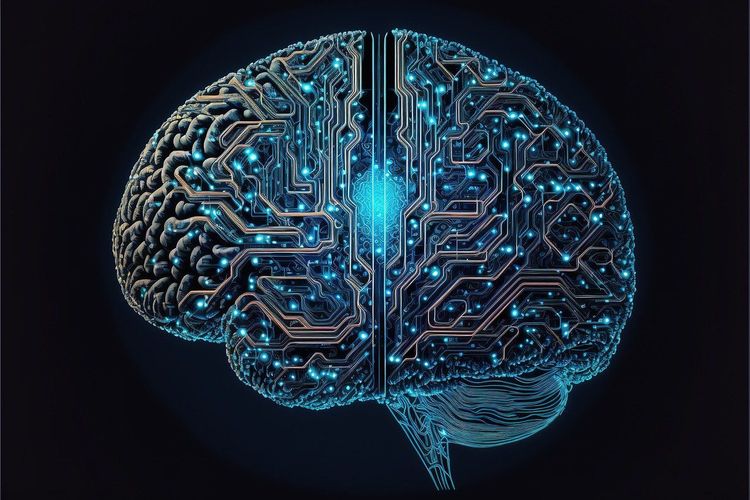Zhang Li's career trajectory reflects significant trends in China's technology sector. When he joined WeRide in 2018, the autonomous vehicle company was still in its infancy. In the subsequent years, China would emerge as a hotbed for three autonomous vehicle unicorns, including WeRide, which saw its valuation soar to $4.4 billion last year.
Zhang’s departure from WeRide in June, shortly after the company confidentially filed for an IPO, surprised many. However, as he outlined his next move, it became clear that he was driven by a desire to innovate in the “next big thing.”
The former Chief Operating Officer at WeRide is now a co-founder and Chief Operating Officer at LimX Dynamics, a robotics startup based in Shenzhen. In his new role, Zhang will focus on business strategy, operations, channel development, marketing, and government relations—both locally and globally.
The timing of his transition is particularly noteworthy. Recently, China’s Ministry of Industry and Information Technology unveiled a nine-page blueprint detailing the country’s ambition to mass-produce humanoid robots by 2025. Such visionary guidelines have historically attracted talent and investment into burgeoning tech sectors.
After five years in the autonomous vehicle industry, Zhang felt inspired to pursue new challenges. He had specific criteria for his next venture: it needed to harness proprietary and advanced technology while also having the capacity to attract significant funding.
LimX Dynamics fit the bill perfectly. Established by a team of robotics experts, the startup has already secured 200 million yuan (approximately $27.5 million) in angel and pre-A funding. Alongside Zhang's appointment, the company is bringing on Dr. Jia Pan, a tenured associate professor at the University of Hong Kong, as its chief scientist.
“My expertise lies in collaborating with innovative scientists and companies where technology and business evolve together," Zhang shared in a recent interview. Having successfully guided WeRide in finding its product-market fit and scaling robotaxi operations in China, he appears to be an ideal fit for a startup focused on legged robots—a relatively new category of mobile robotics utilizing leg mechanics.
From automation to humanoid robotics
The introduction of Tesla's humanoid robot, Optimus, has ignited discussions about the parallels between robotic and autonomous driving technologies. When Tesla debuted Optimus last year, it underscored the connections between these fields. As one of Tesla's engineers noted: “We’re essentially moving from wheels to legs. Many components are quite similar […] It’s fundamentally the same occupancy network.”
Zhang echoed this sentiment, contending that his transition to the new position will likely be seamless due to the crossover of knowledge and skills from the self-driving sector.
“Just as with autonomous vehicles, legged robots leverage SLAM (Simultaneous Localization and Mapping). Additionally, I’ve discovered many other shared facets between the two fields," Zhang explained. "While most households today own one or two cars, it's conceivable that in the future, they might own robots to assist with daily tasks. Just like self-driving cars, robots will address the challenges of navigation from point A to point B.”
However, as noted by industry experts, drawing parallels may oversimplify complex differences:
“The expertise involved in navigating bipedal robots through pedestrian areas is quite different from that of autonomous vehicles,” warned an analyst. "Oversimplifying the relationship underestimates the extensive research and development in both areas."
Still, Zhang believes in meaningful similarities between these industries. “The supply chains for vehicles and robots could be integrated, potentially using existing automotive parts for robot manufacturing in the future,” he suggested.
It remains uncertain where legged and quadrupedal robots will gain widespread acceptance. Currently, LimX Dynamics is testing a prototype designed for industrial inspections, with plans to expand into automotive manufacturing, logistics, and household services.
“Inspection applications are a straightforward choice, but my role involves identifying opportunities that may seem unimaginable today,” said Zhang. “Consider robots as devices with operating systems; the possibilities are vast.”
Despite the years of enthusiastic investment and talent acquisition, the path to generating substantial revenues in the autonomous vehicle industry remains unclear in both China and the U.S. Will legged robots face a similar challenge? Zhang hopes for a better trajectory.
“Let’s ensure that the robotics industry advances thoughtfully, unlike the rushed evolution seen in self-driving technology.”







